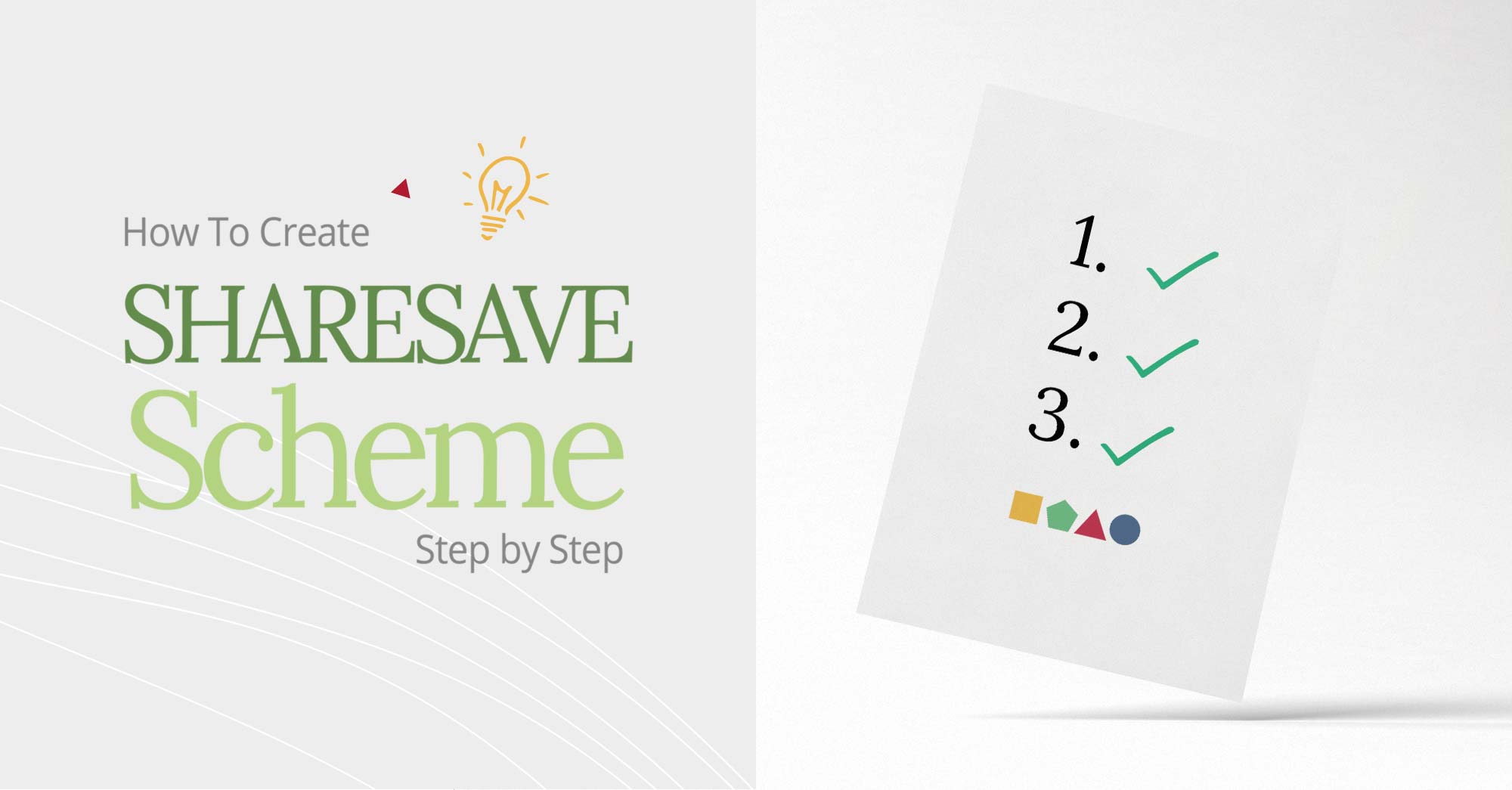(Quick note: When we say ‘first’ funding round, we mean one that’s not with family, friends, or crowdsourcing. Of course, those investors are important too, but they have a lot of reasons to fund you that don’t necessarily have to do with your pitch deck. We’re talking about your first real funding round. One with strangers – angel investors or venture capitalists.)
If you’re looking at this article, it’s probably because you’re in a position to raise your first round of funding. This means you’ve started a business with some potential, and gotten it off the ground. And not just gotten it off the ground, but watched it take off under its own power, and prove its strength.
Maybe you haven’t done that. If not, you should come back to this article after your company has proven it doesn’t need funding to survive – just to grow. Because if you go into your first funding round with a shaky business, the investors will see it a mile away. If you’re lucky enough to still get funding, it will be heavily skewed in the investor’s favour.
We don’t say that to scare you. Or maybe we do – fundraising is hard, and the first round is the hardest. You’re building the base of your company, the foundation that the rest of your growth will build on – you need to get the best investment you can, and to do that, you need to be prepared.
No business plan survives contact with the presentation, but here are a few ways that you can prepare, and make sure you come out of your first funding round with a stronger company.
Your pitch deck and you
Investors see hundreds, if not thousands of pitch decks every year. What’s going to make yours stand out?
You want to show the investors the best parts of your business, in the best possible way. You need to hit a middle ground of showing enough, while not crossing over into too much.
I’ve always found, in general, it’s best to err on the side of showing less. If you drown the audience with information, it’s going to be hard for them to see the needle in the hay. If you show less, however, they get the key points and if they want to know more, then they ask. It’s great to have the audience asking questions, it’s an opportunity to engage in a conversation about your business and show your passion. That comes with a caveat, however – you need to know the answers. This means you need to…
Practice, practice, practice
What we’ve said above, how no business plan survives contact with the presentation, applies here. I borrowed it from an old military saying – no plan survives contact with the enemy.
What it means is that you could have a hundred different scenarios drawn up and accounted for – but the second that something unexpected happens and forces you to react, suddenly you’re on course for questions you hadn’t planned any answers for.
So, you need to know the business inside and out. You need to practice not only your presentation but answering questions on the fly. Have your co-founders or friends listen to your presentation, then ask questions. Try random questions – you need to practice how to answer any question in a way that circles back to your company’s main strengths.
Polish your cap table
Most investors will listen politely to your pitch deck, getting excited if it’s a good proposal, and making sure that there are no major holes in it. Then, they’ll ask to see your cap table.
A cap table, or capitalisation table, is a tool that shows who owns how much of your company. It’s a breakdown of the ownership and equity. And it is probably the most important part of your meeting.
That’s right. Not your idea, not your company, not you – it’s your cap table. What an investor sees – or doesn’t see – on your cap table will make or break your chances of seeing a term sheet sliding across the table towards you.
So, your cap table needs to be organised, accurate, and dynamic. The investor needs to be able to determine the structure of your company, and its long term sustainability, with a single glance. If you’re using Excel, this could be a problem.
And it’s definitely going to be a problem for the next step…
Run the scenarios
Congratulations! You’ve received an offer of investment – actually, you’ve received multiple offers of investment, with a whole range of different seeds and valuations. Unfortunately, the planning doesn’t stop there. How do you figure out which offer is best? With your cap table, of course.
The main criteria in determining if an investment offer is a good one is how much it dilutes your ownership. Only once you’ve seen the figures can you determine how good of an offer it is – by comparing the impact of the dilution against the impact of the investment.
This is a big deal. Your first round of funding either sets your company up for success, or for failure. Many companies reach the first funding round – far fewer reach the fourth round, much less a successful exit. And usually, it’s because they didn’t take the best deal in their first round.
If you are running your cap table on an Excel sheet, you are most likely going to struggle with this step. Luckily, cap table management software like Global Shares’ will do all of this instantly. And more importantly – accurately. With our software, you can run scenario modelling to see how the offer affects founders and employees, as well as run waterfall models and reports.
It’s hard to successfully bring a company to a great exit – who knows what the world will look like tomorrow. But if you have some great cap table software, you can be sure of at least one thing – you’re taking the best road.
Contact Global Shares for a commitment-free demo of our cap table software today – and make sure your company sees it tomorrow.
Please Note: This publication contains general information only and Global Shares is not, through this article, issuing any advice, be it legal, financial, tax-related, business-related, professional or other. The Global Shares Academy is not a substitute for professional advice and should not be used as such. Global Shares does not assume any liability for reliance on the information provided herein.








